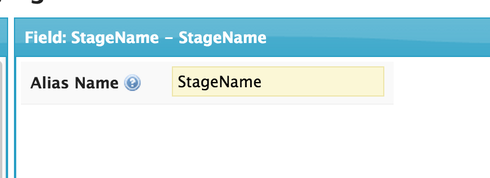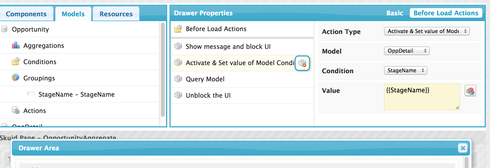What is the secret to getting table drawers to work with aggregate models? I saw some posts but never a definitive answer just the end results. In my case we have a client object related to a house (each client is assigned to a house). Each client has a contract (a contract object) that lists how many hours we are contracted to work with them. So John has 300 hours per month, Peter has 250 Hours per month and Jimmy has 200 hours per month on the "Contract Object). If John, Peter, and Jimmy all live in the same House (House Object) I am summing their hours so I know how many hours a month, and a week so we can schedule appropriately. I am using an aggregate model based on the “Contract” that groups by Contract__r.Client__r.House__r.Name. If I wanted to show a table drawer where it listed Peter, James and Jimmy’s individual hours can I do that? I have created table drawers before, but are there different steps if the parent model is an aggregate model? Thank you!
Enter your E-mail address. We'll send you an e-mail with instructions to reset your password.








